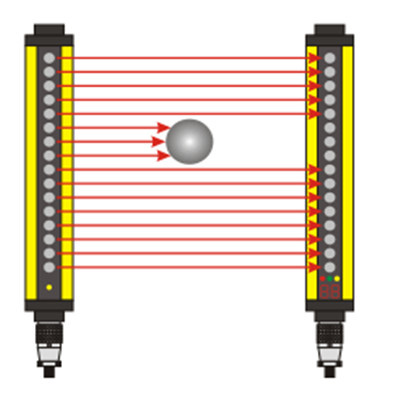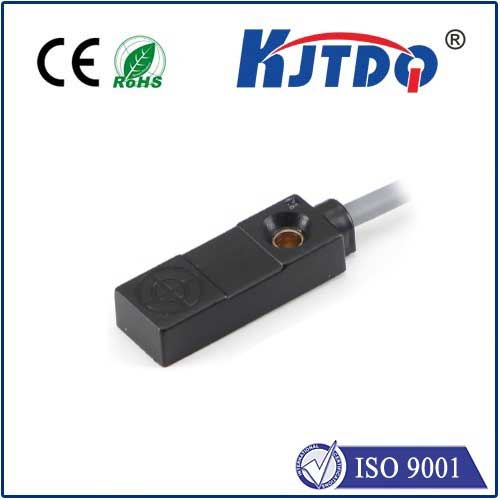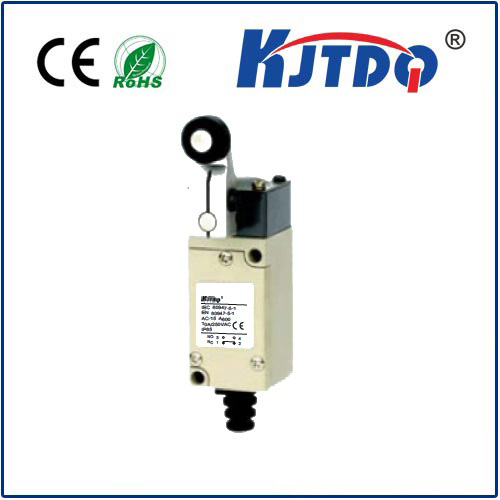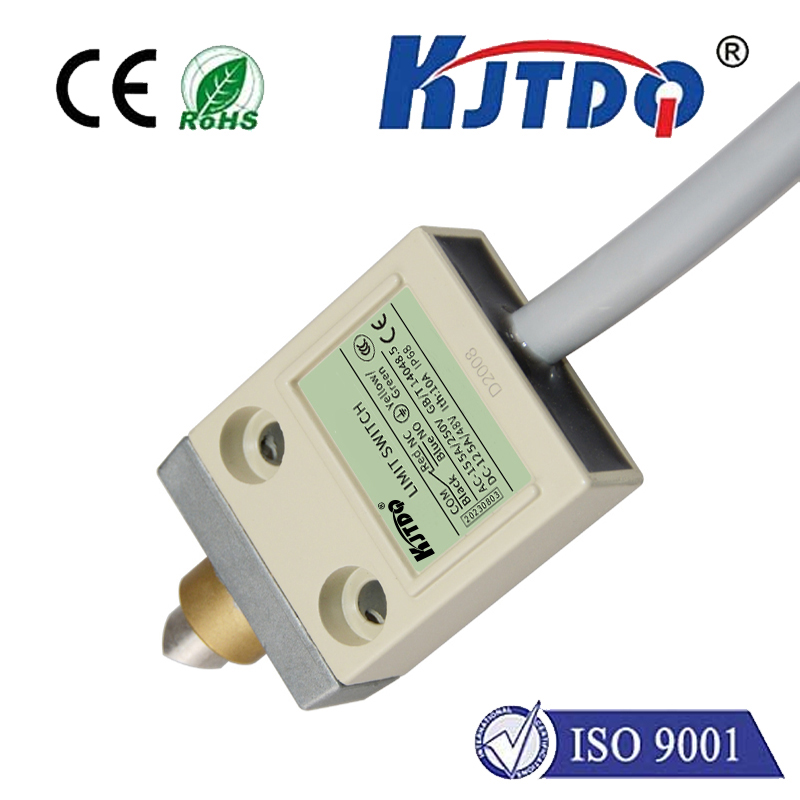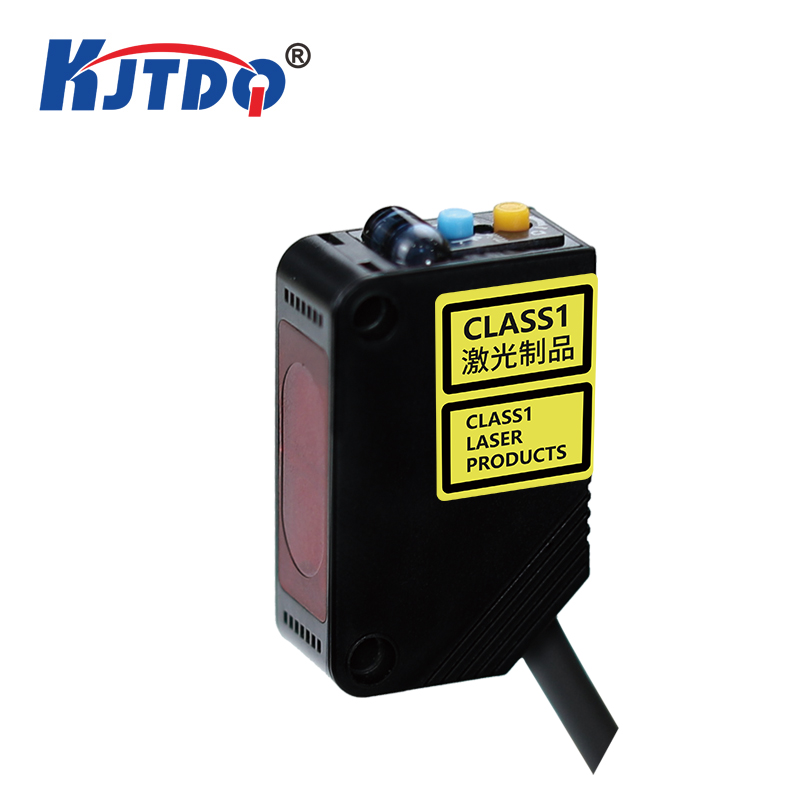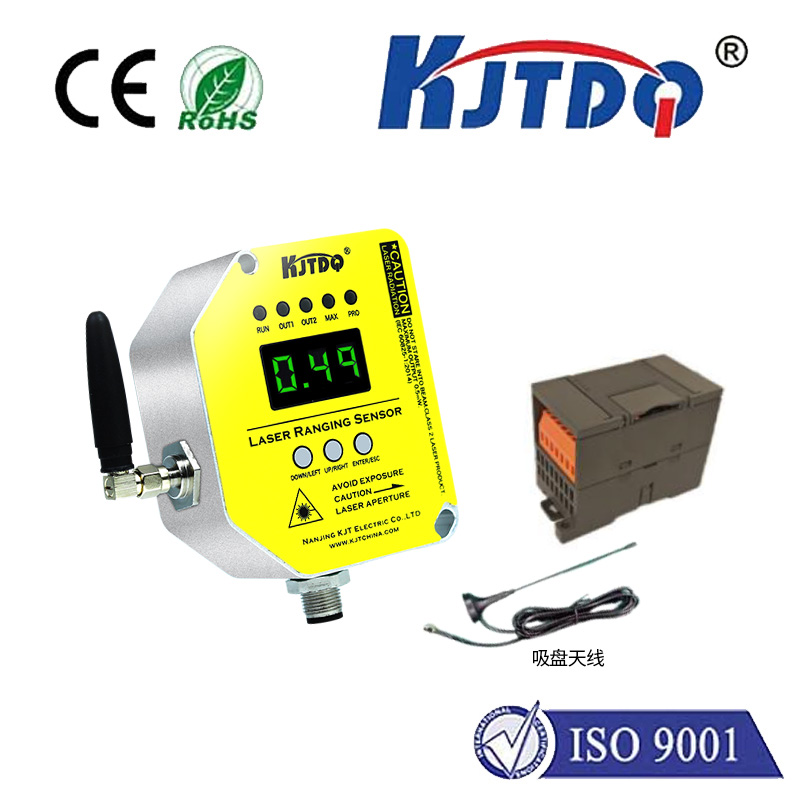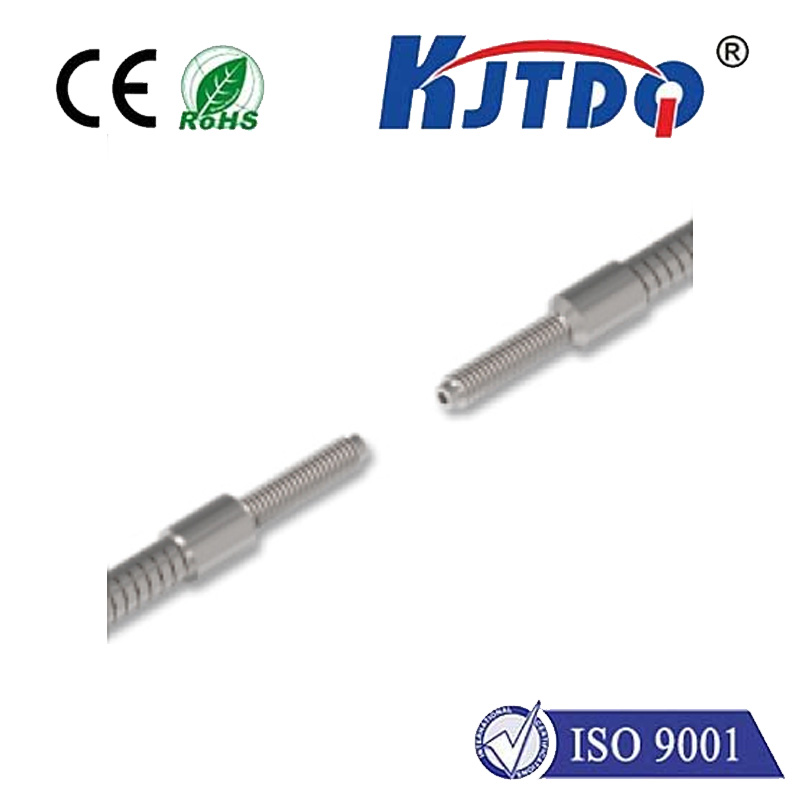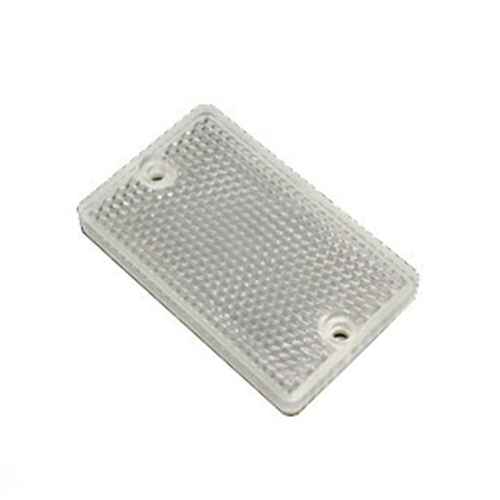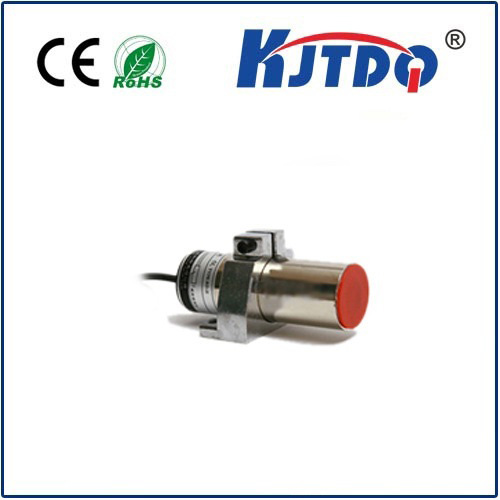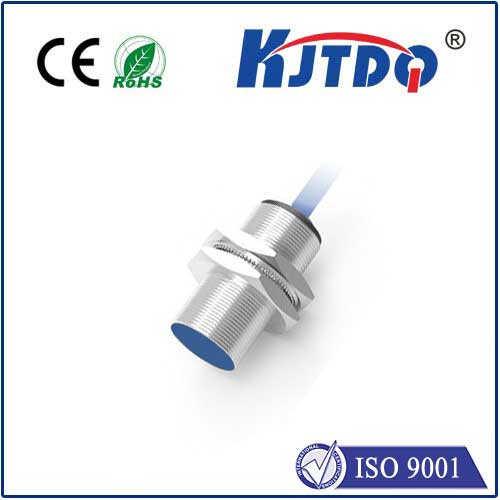

check

check

check

check

check

check

check

check

check

check
Anti-Collision Limit Switch: Safeguarding Machinery and Equipment
In the world of machinery and equipment, safety is of utmost importance. One crucial component that ensures the safe operation of machinery is the anti-collision limit switch. This innovative device plays a vital role in preventing accidents and damage to machines by detecting potential collisions and triggering an immediate response. Let's delve into the significance of this essential tool.
The Functionality of an Anti-Collision Limit Switch
An anti-collision limit switch is a type of sensor that monitors the position and movement of machinery and equipment. It is designed to detect any obstruction or object that could come into contact with the machine's moving parts, such as robotic arms, conveyor belts, or industrial doors. Once the switch senses a potential collision, it sends a signal to the control system to stop the machine's operation or take corrective action, thereby preventing accidents and reducing downtime.
Benefits of Using Anti-Collision Limit Switches
The primary benefit of incorporating anti-collision limit switches in machinery is enhanced safety. By preventing collisions and minimizing the risk of injuries or damage to equipment, these switches help create a safer working environment for employees and protect valuable assets. Additionally, they contribute to increased efficiency by reducing downtime caused by accidents or equipment malfunctions. Moreover, anti-collision limit switches improve productivity by enabling machines to operate at optimal speeds without compromising safety measures.
Applications of Anti-Collision Limit Switches
Anti-collision limit switches are widely used in various industries, including manufacturing, logistics, automotive, and aerospace. In manufacturing facilities, they are commonly found on robotic arms and assembly lines to prevent collisions between different components of the machinery. In logistics centers, anti-collision limit switches are installed on conveyor belts to avoid accidents caused by objects falling onto the belt or getting stuck between rollers. In the automotive industry, these switches are essential for ensuring the safety of workers operating heavy equipment, such as presses and stamping machines. In aerospace applications, anti-collision limit switches play a critical role in maintaining the integrity of aircraft components during maintenance and repair operations.
Conclusion
In conclusion, the anti-collision limit switch is a vital component in safeguarding machinery and equipment from potential collisions and accidents. Its functionality, benefits, and diverse applications make it an essential tool for enhancing safety, efficiency, and productivity in various industries. By investing in high-quality anti-collision limit switches, businesses can protect their employees and equipment while ensuring smooth operations and minimizing downtime.
